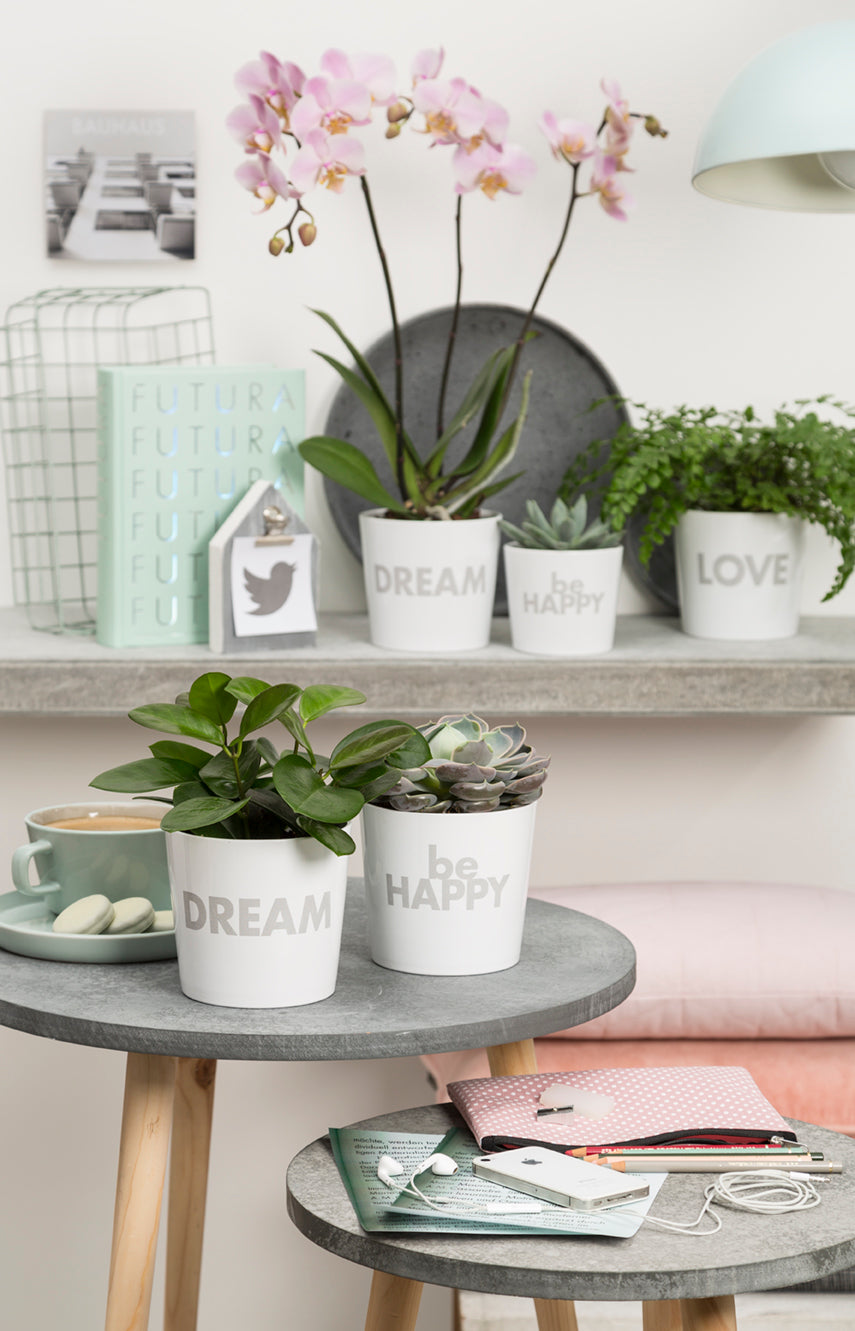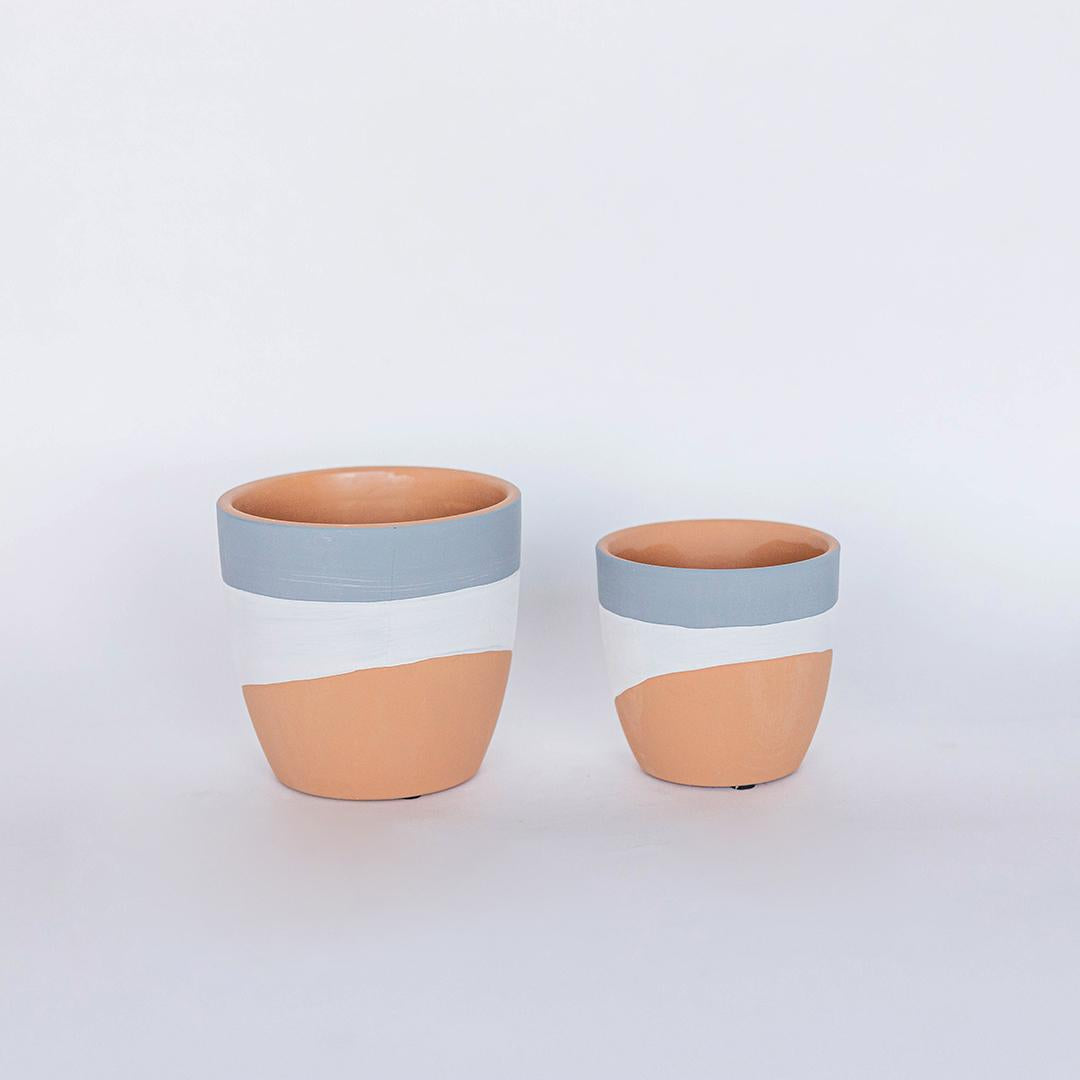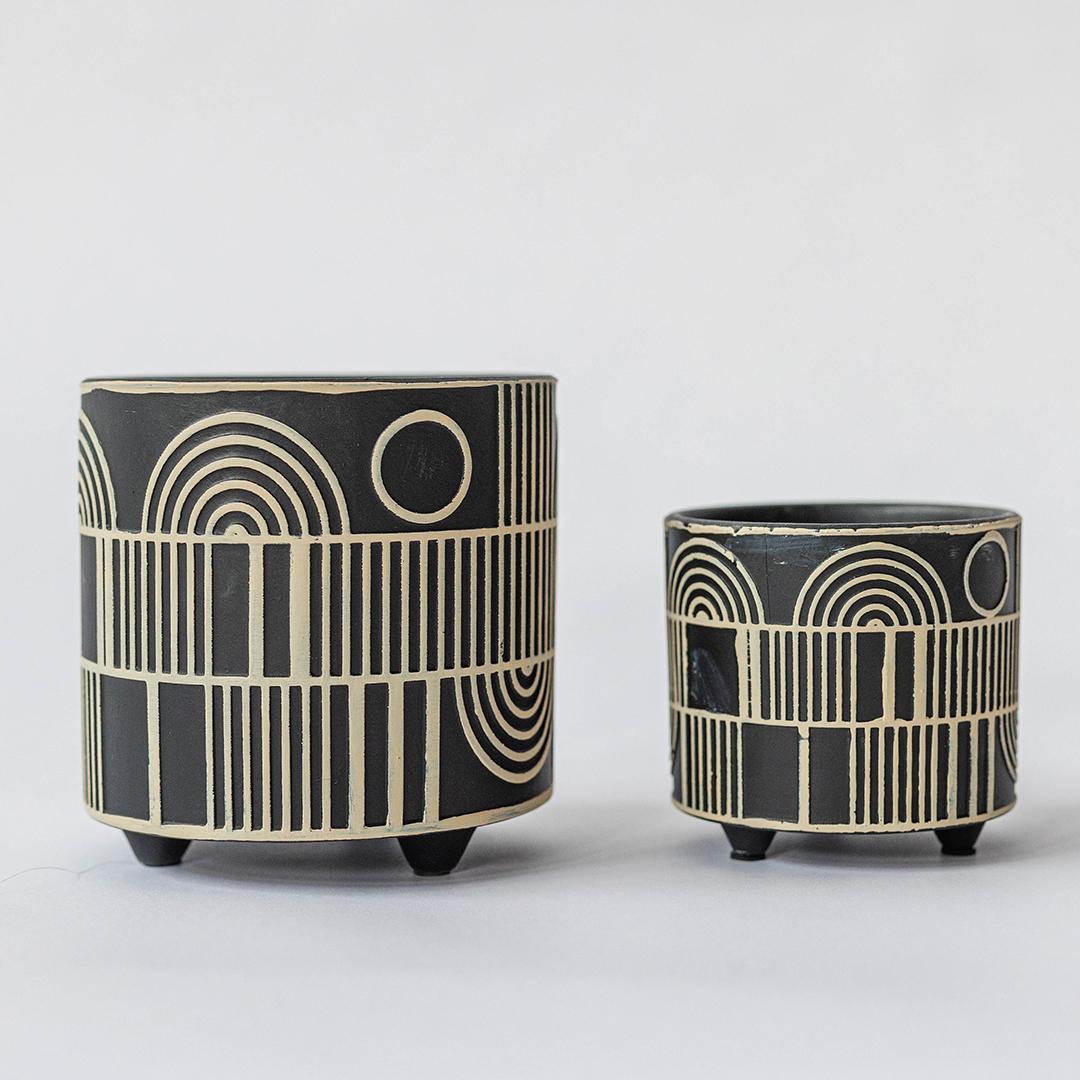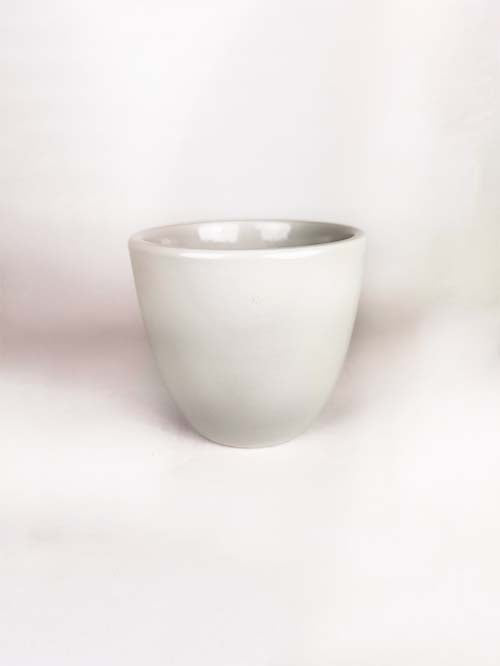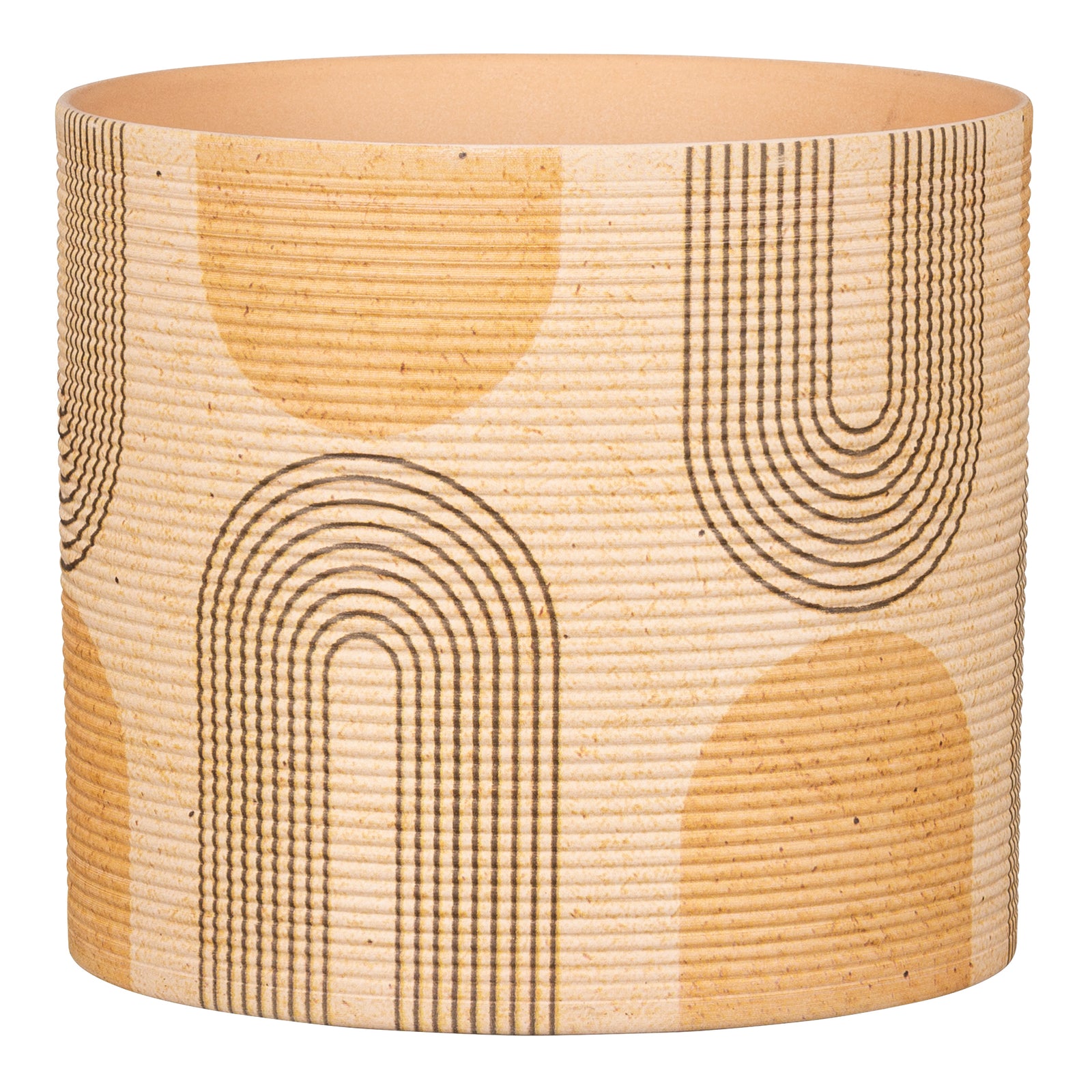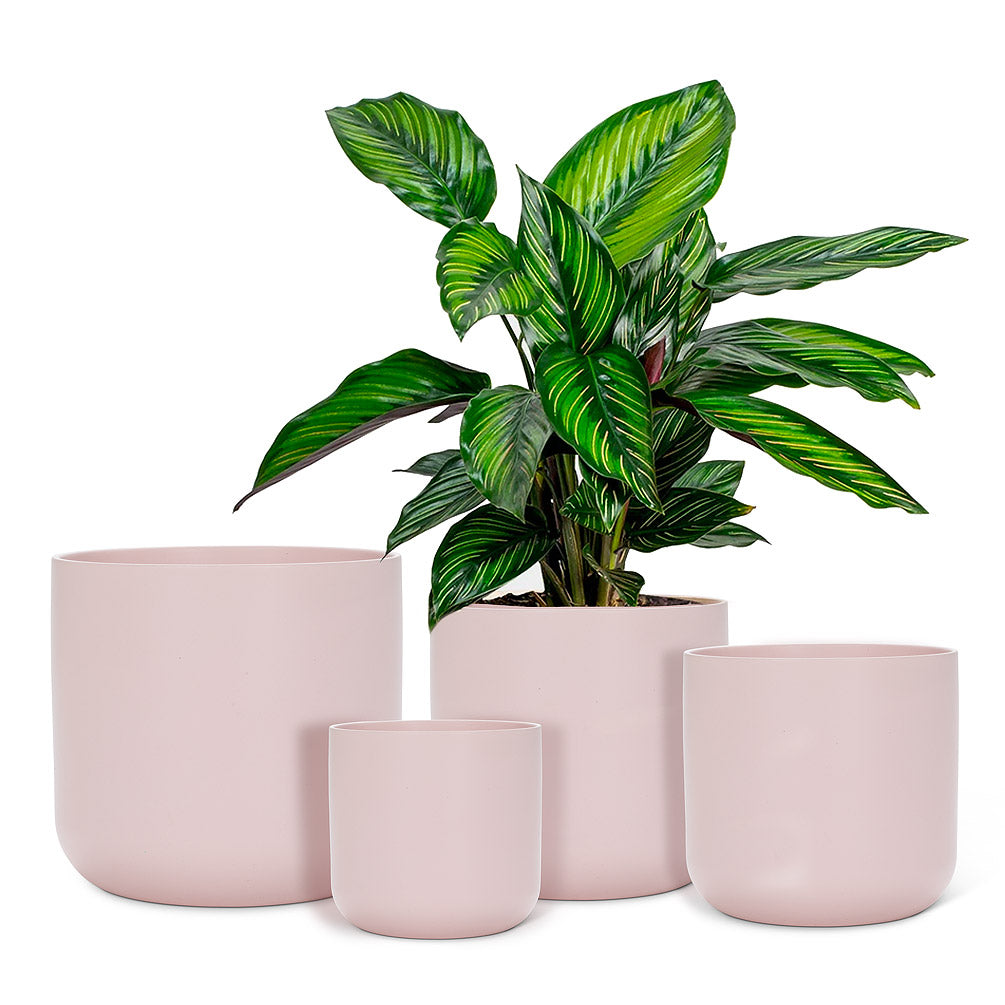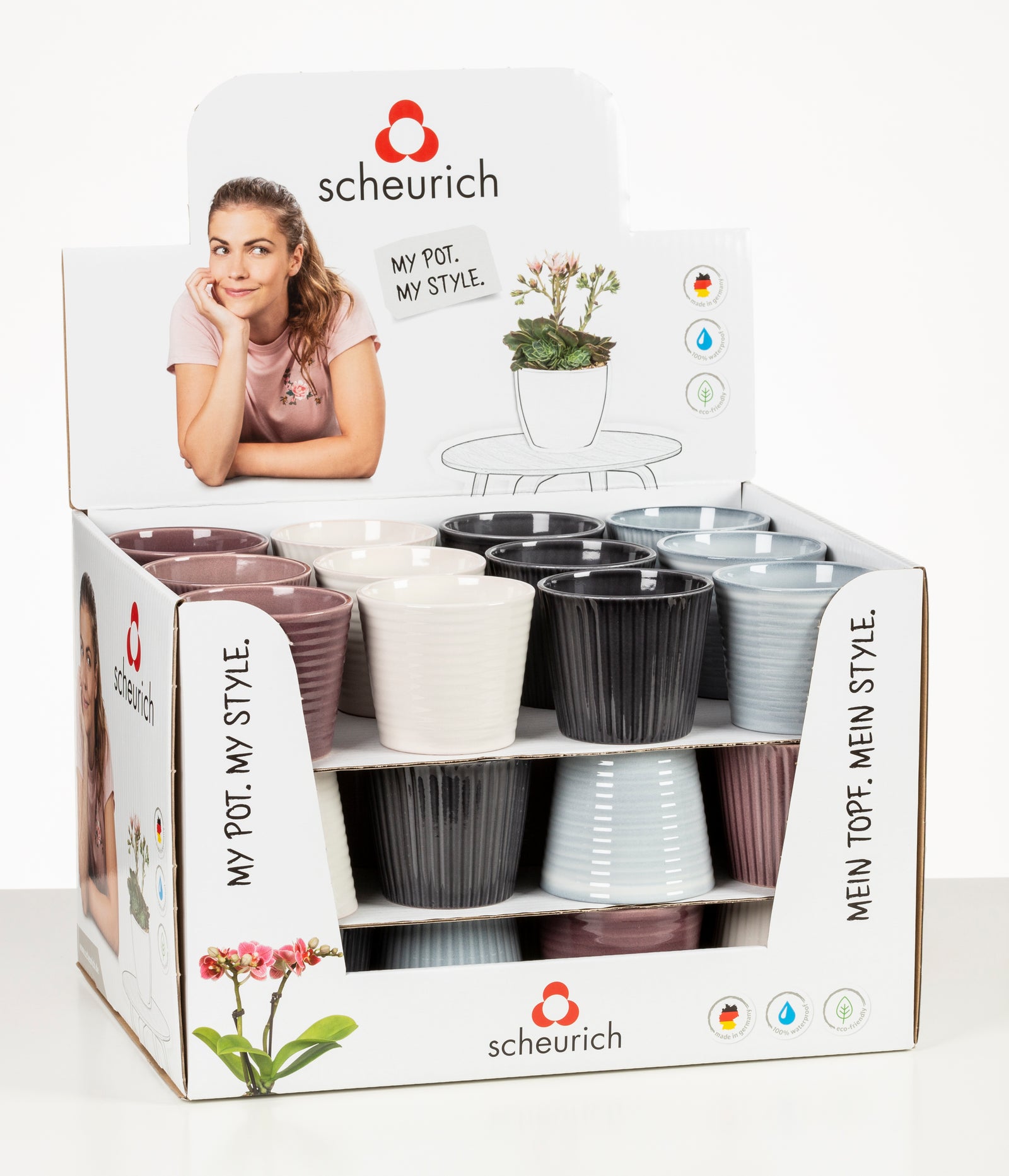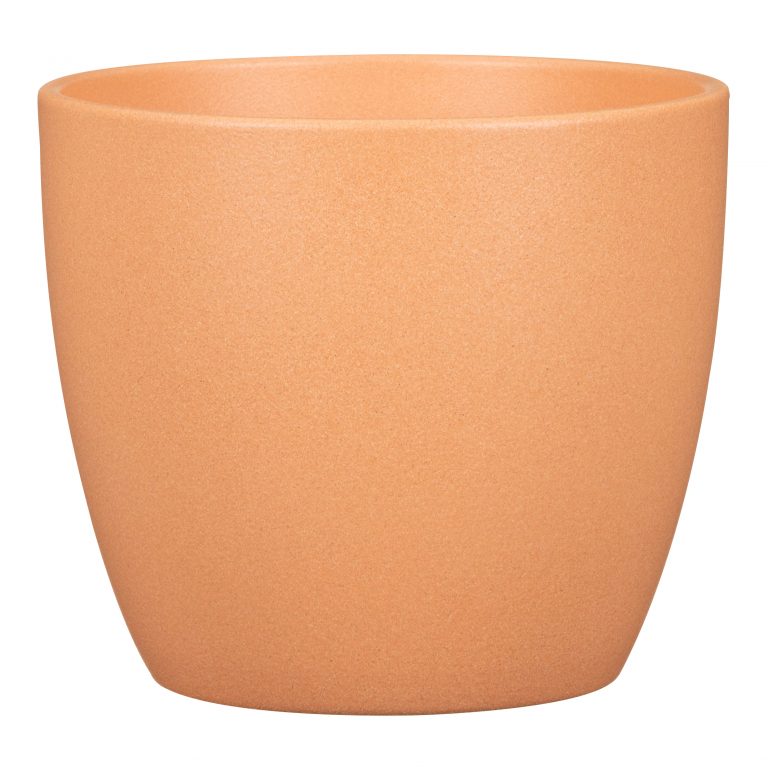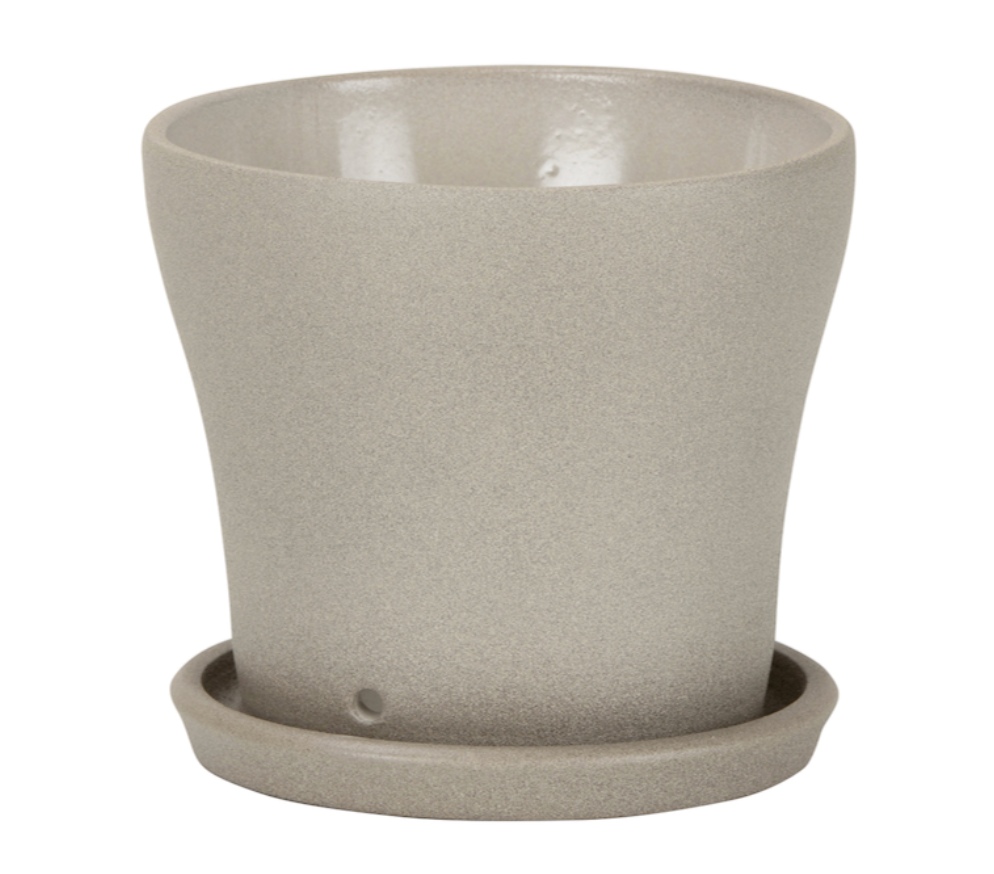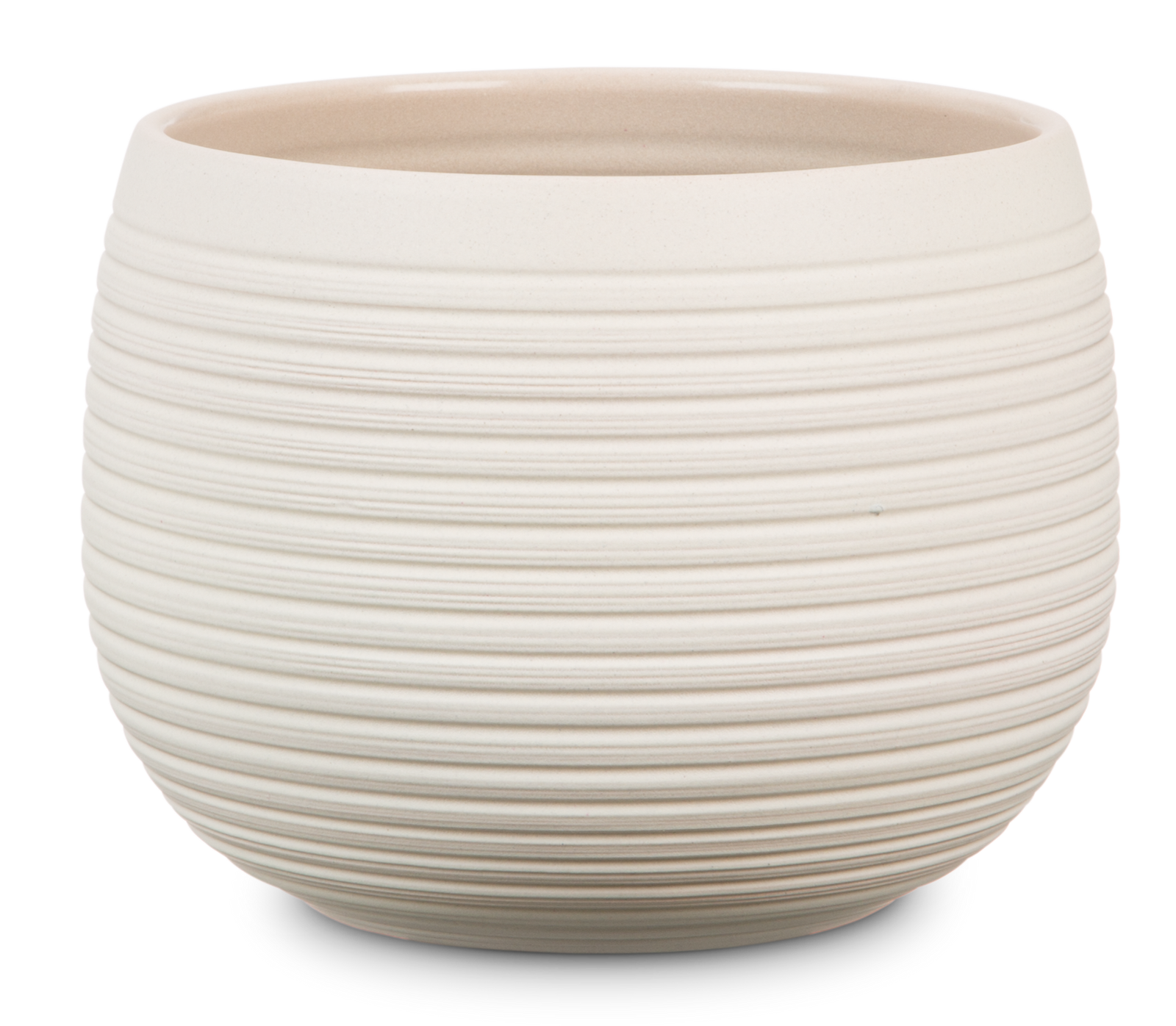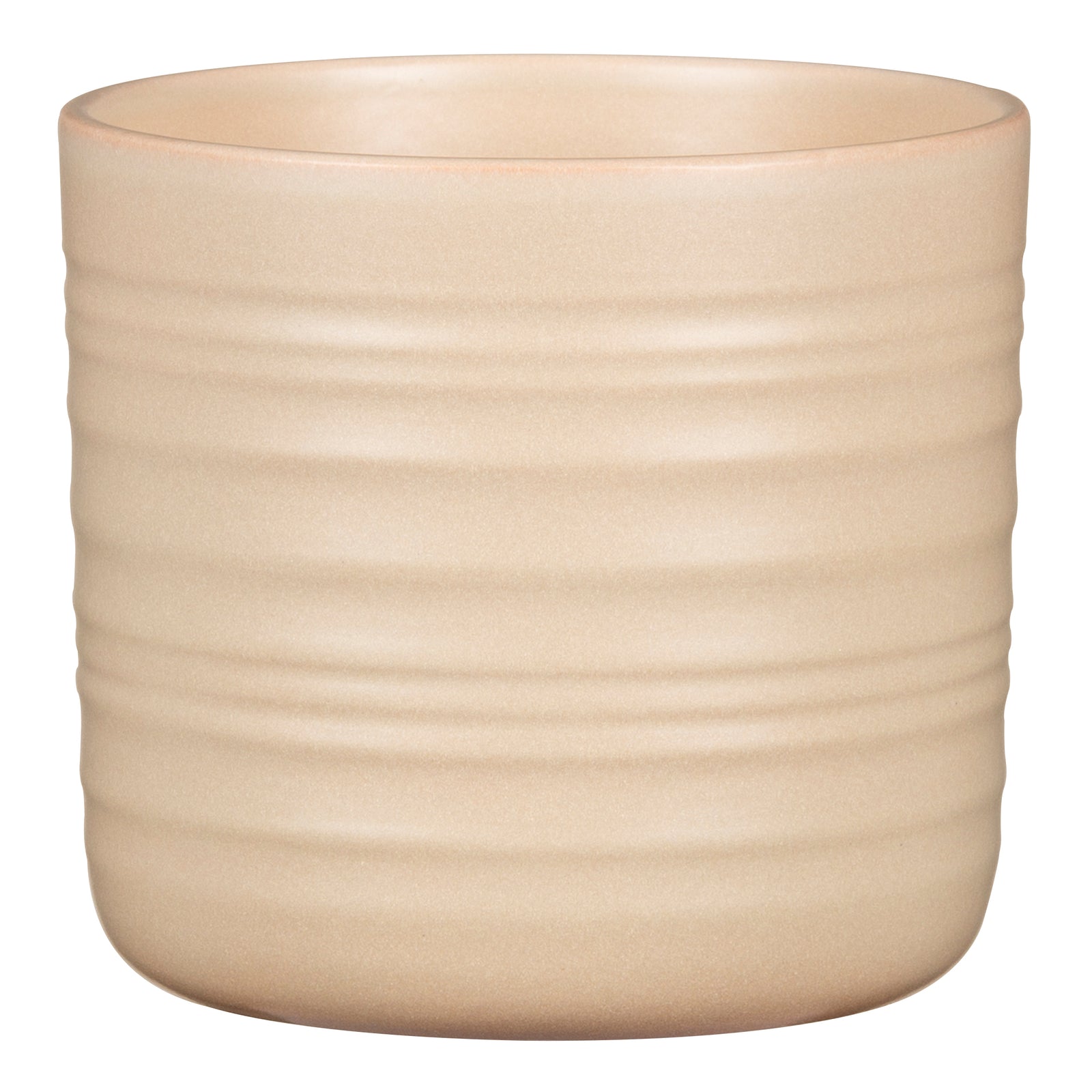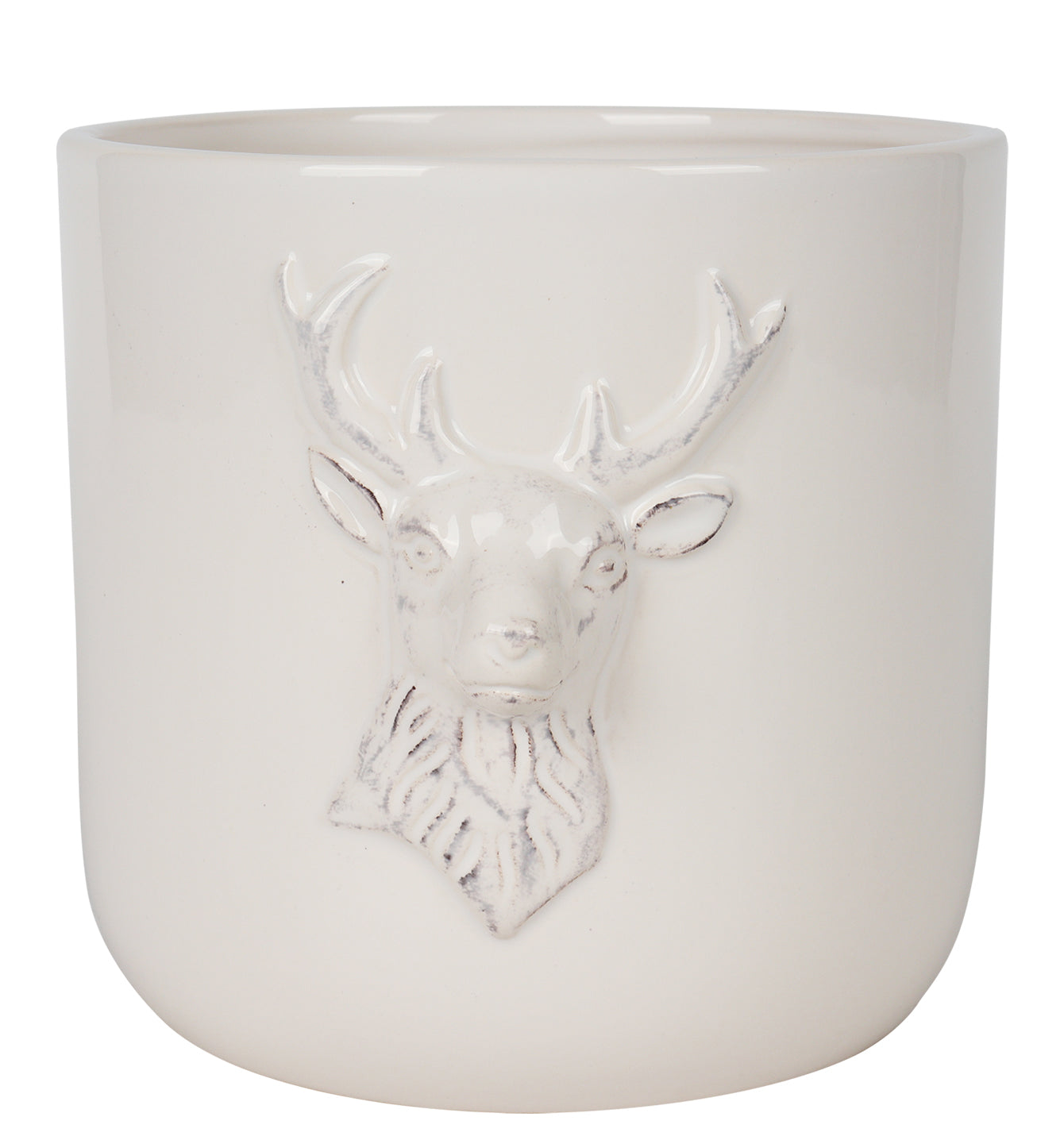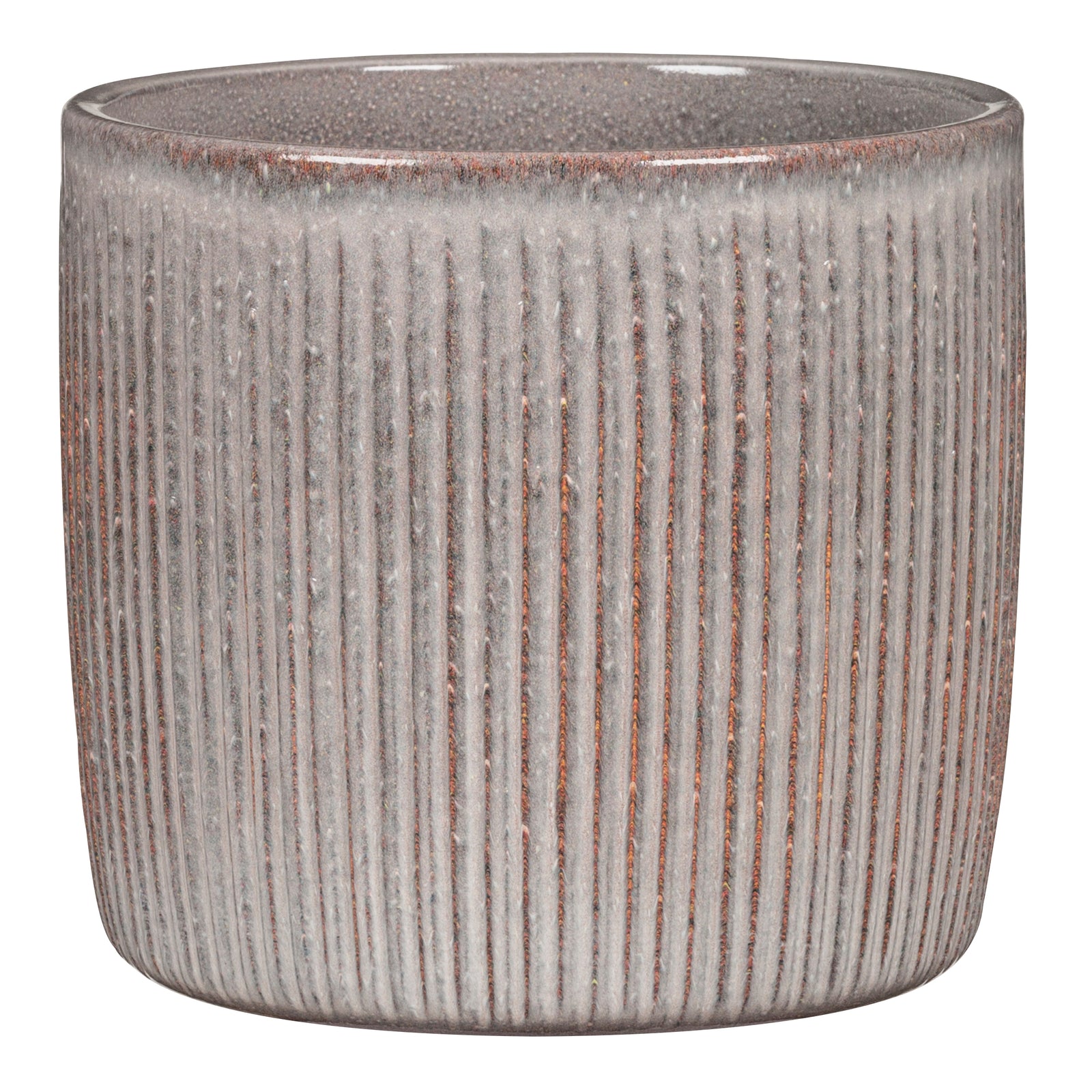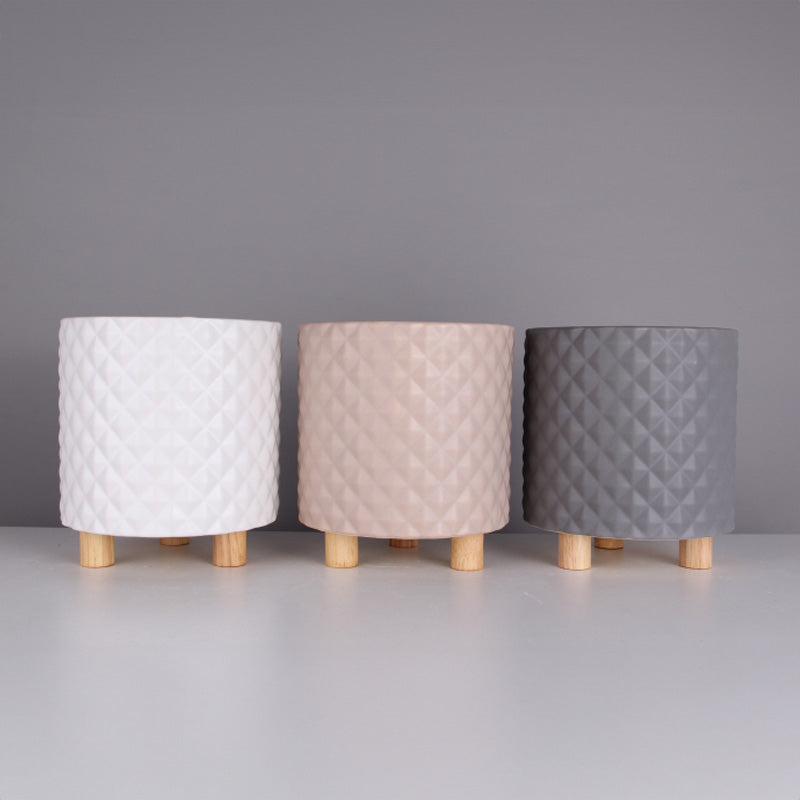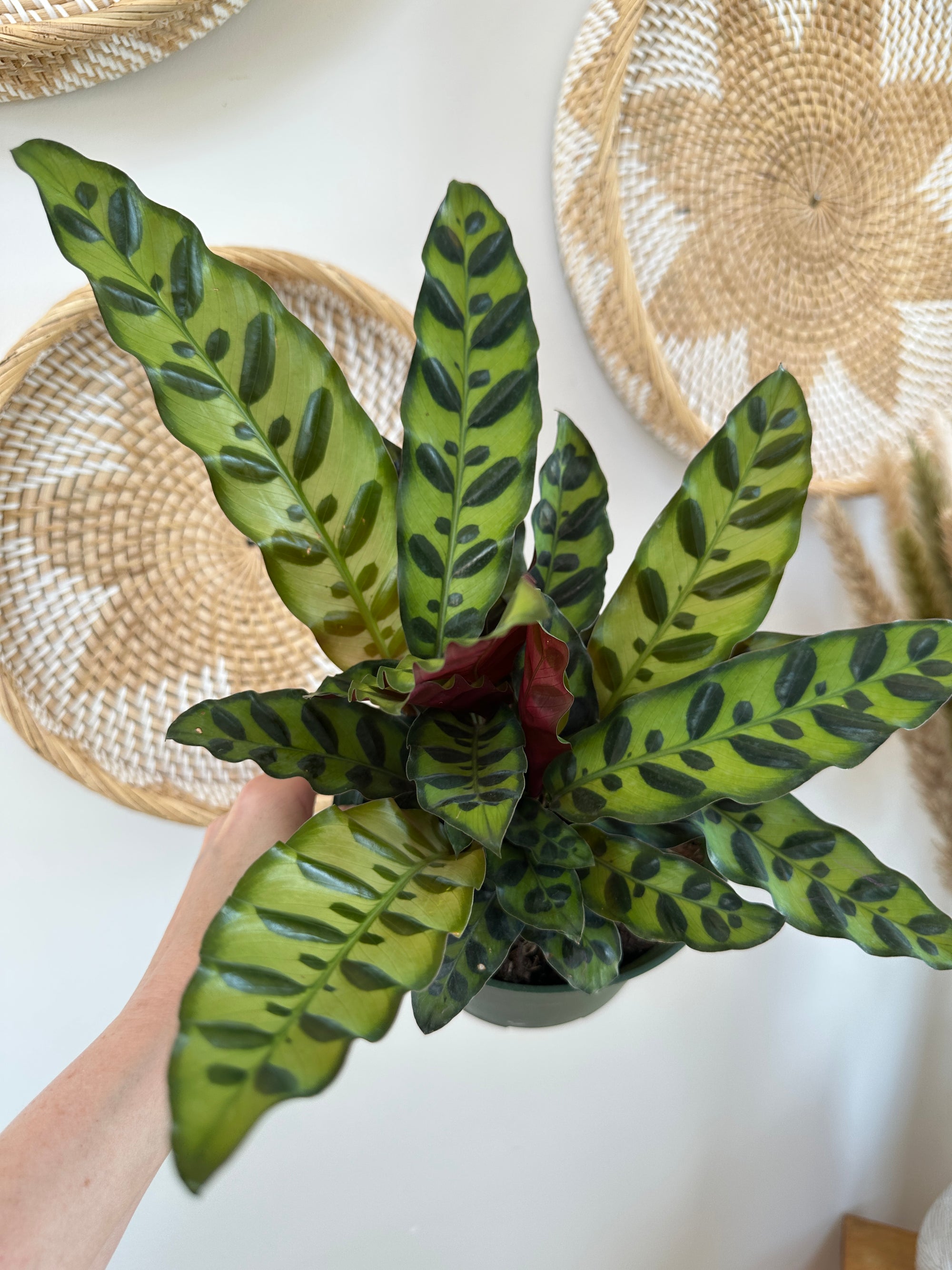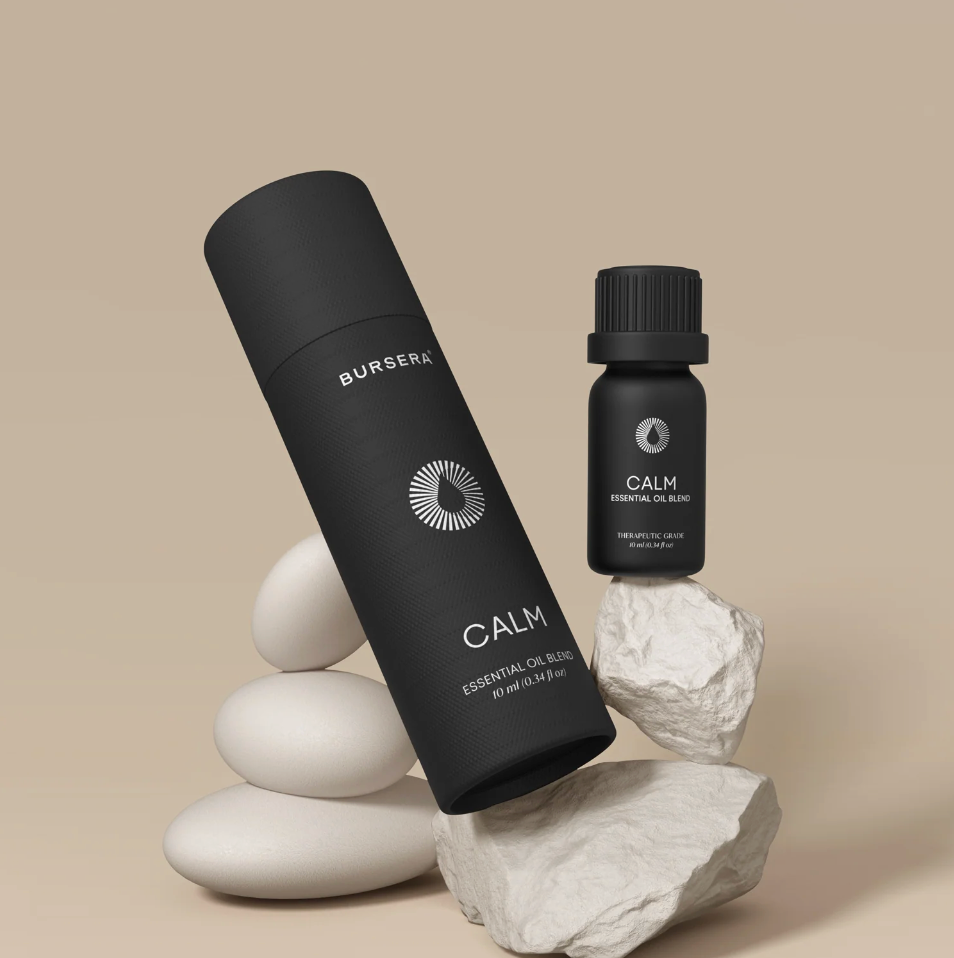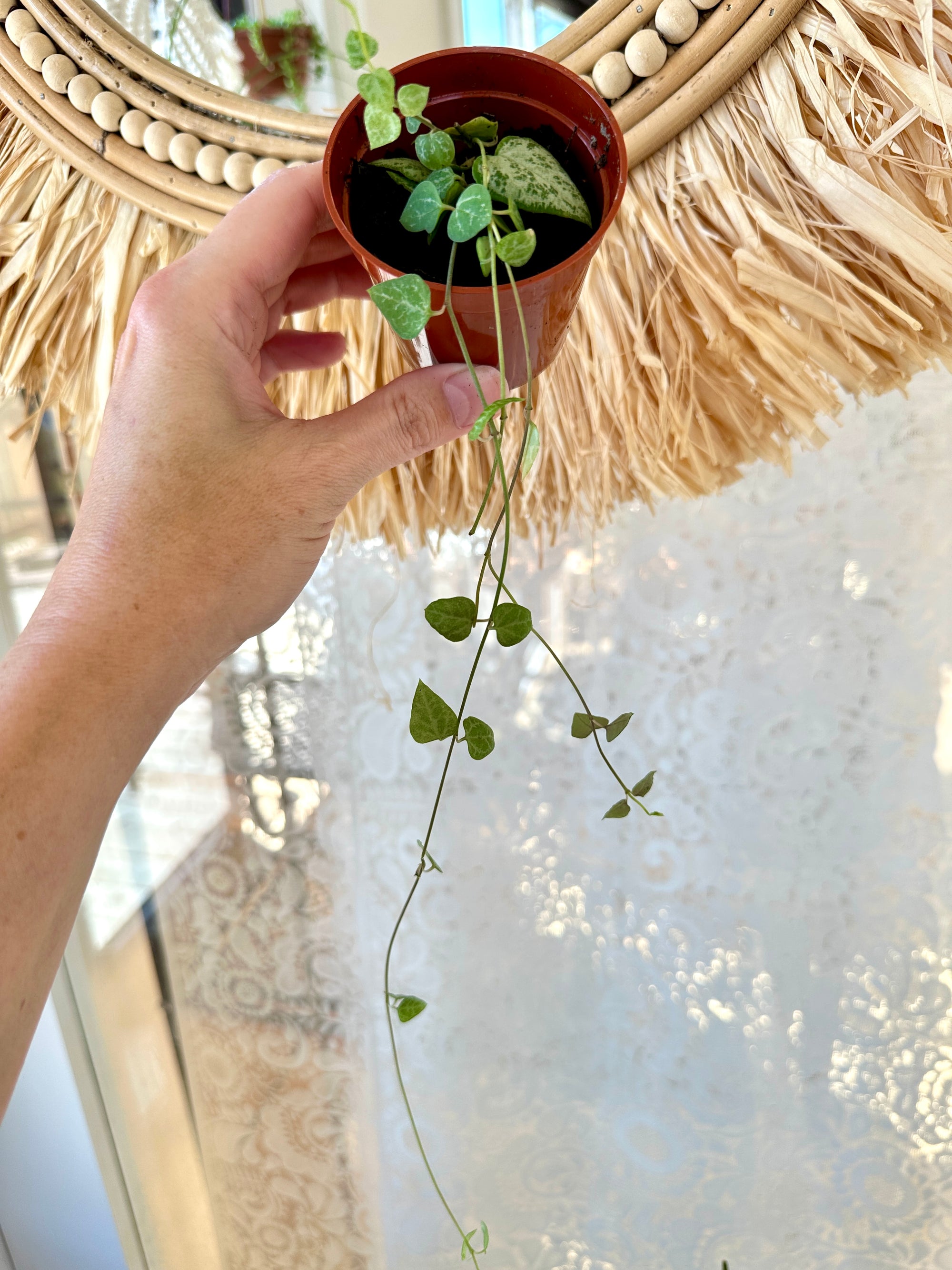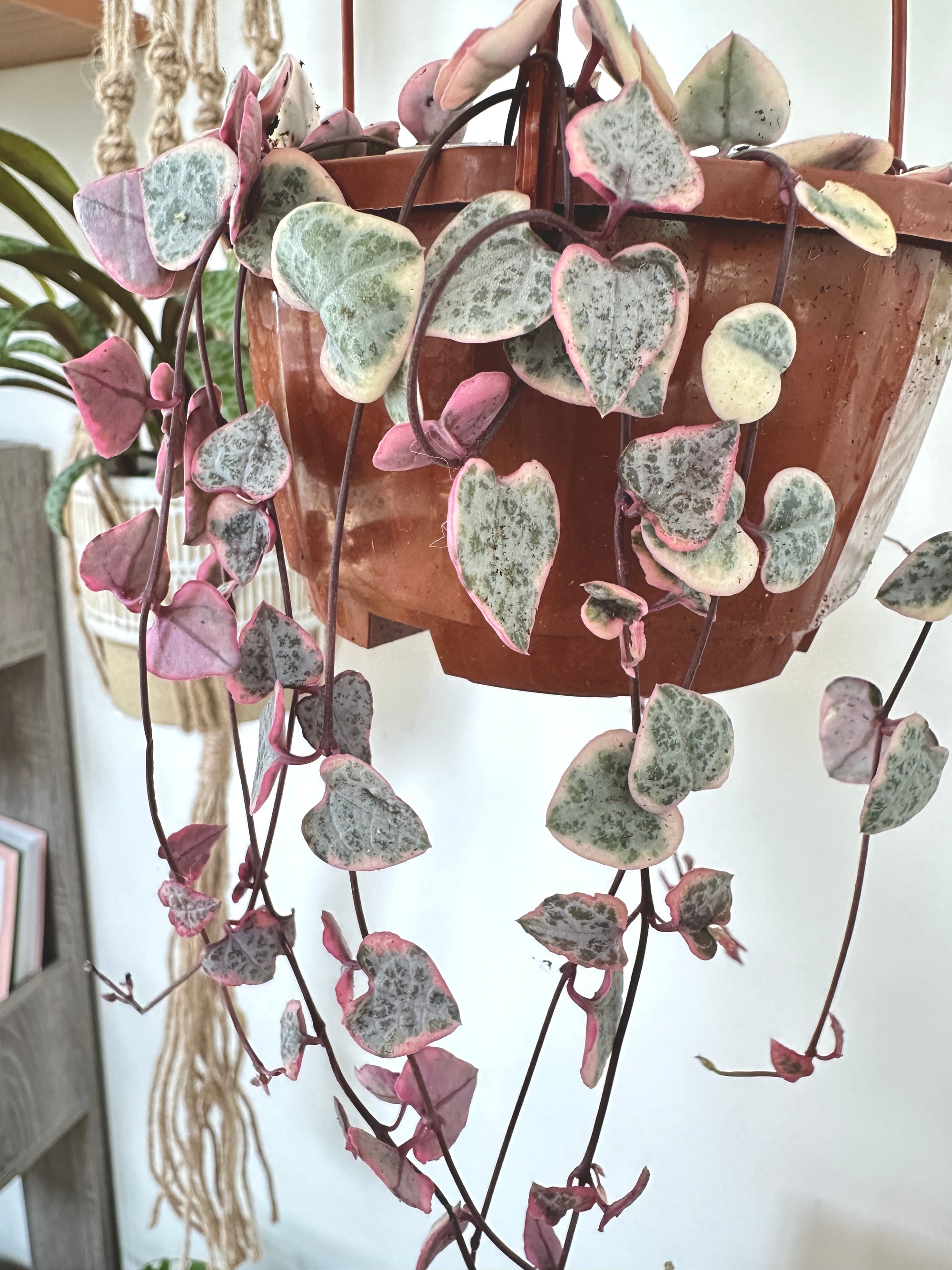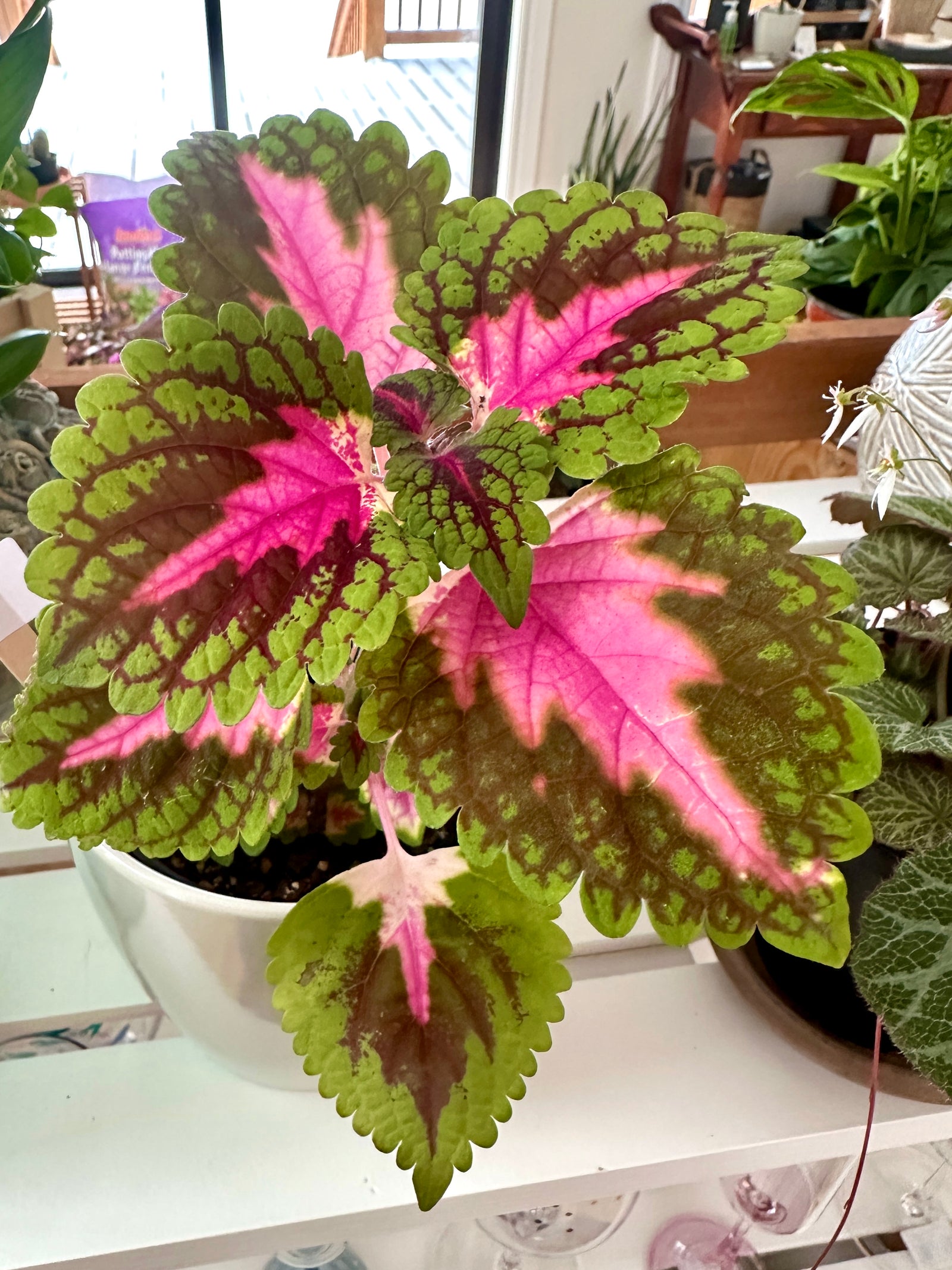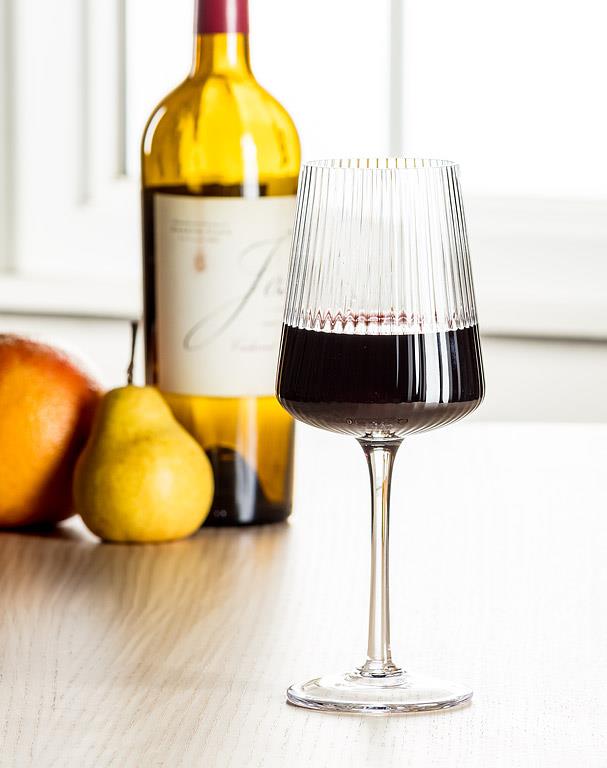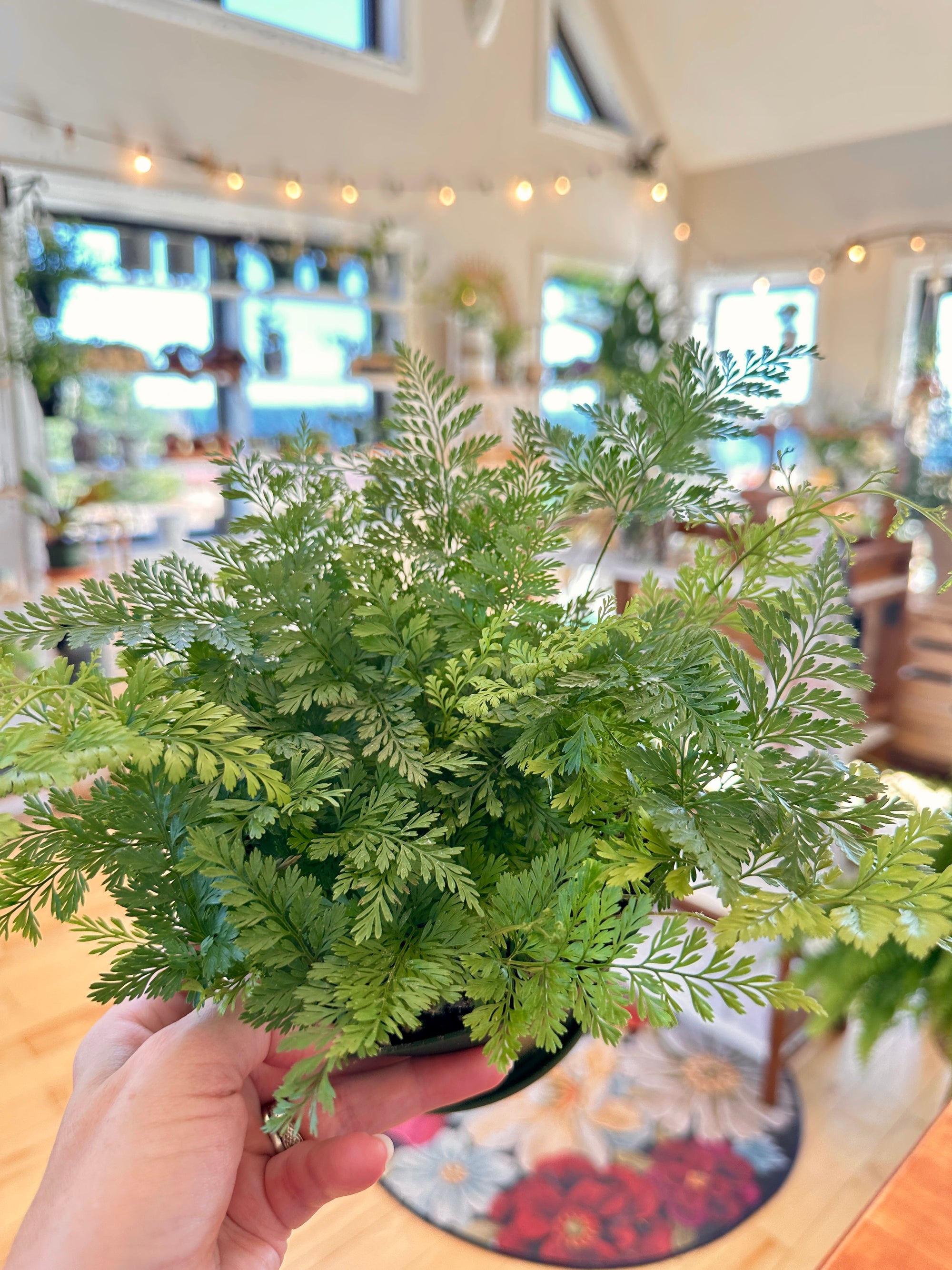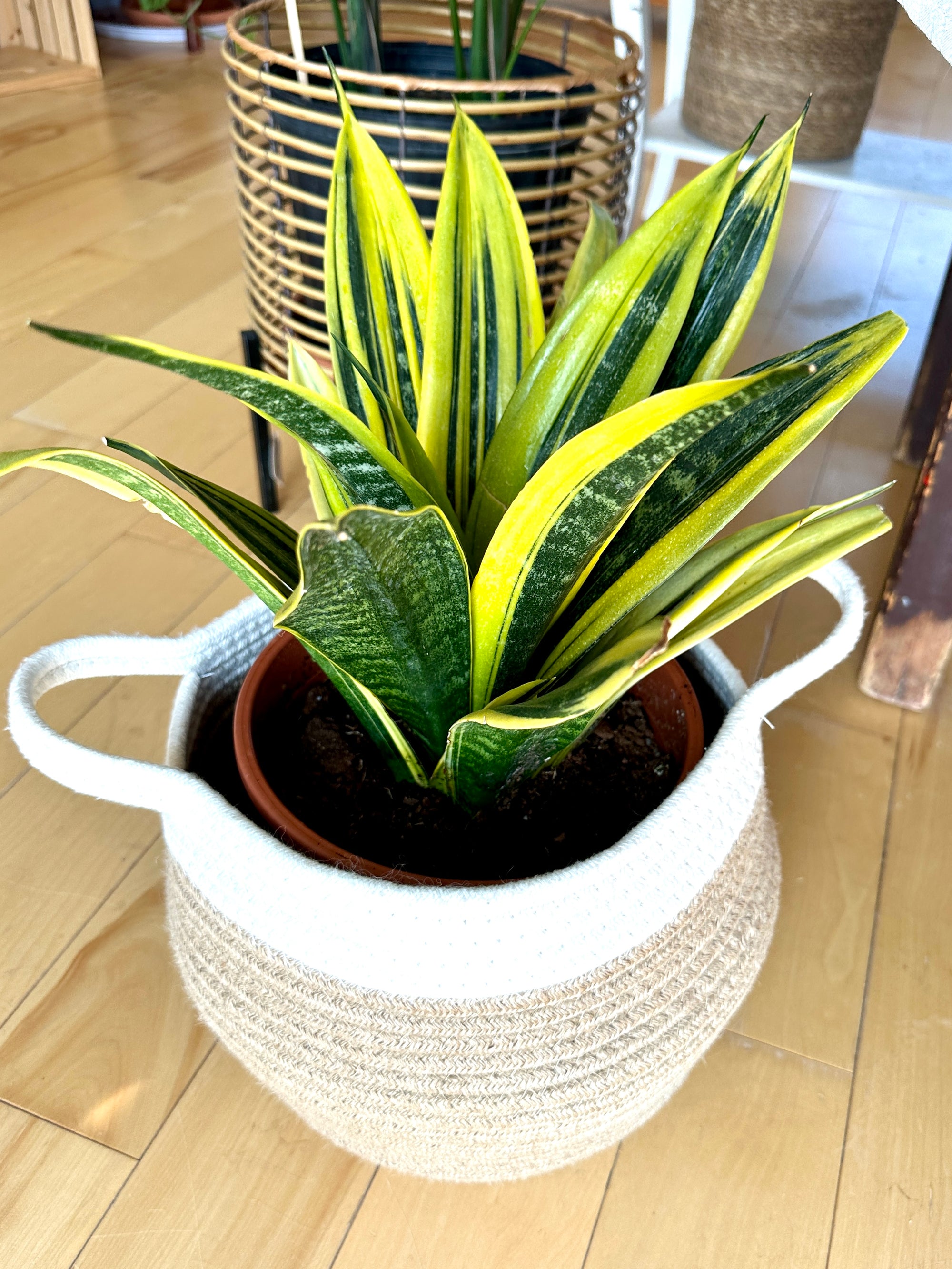Sale
Regular price
$16.00 CAD
Regular price
Sale price
$16.00 CAD
Unit price
per
Regular price
$18.00 CAD
Regular price
Sale price
$18.00 CAD
Unit price
per
Regular price
$20.00 CAD
Regular price
Sale price
$20.00 CAD
Unit price
per
Regular price
$25.00 CAD
Regular price
Sale price
$25.00 CAD
Unit price
per
Regular price
$8.00 CAD
Regular price
Sale price
$8.00 CAD
Unit price
per
Regular price
$10.00 CAD
Regular price
Sale price
$10.00 CAD
Unit price
per
Regular price
$18.00 CAD
Regular price
Sale price
$18.00 CAD
Unit price
per
Regular price
$20.00 CAD
Regular price
Sale price
$20.00 CAD
Unit price
per
Regular price
$8.00 CAD
Regular price
Sale price
$8.00 CAD
Unit price
per
Sale
Regular price
$8.00 CAD
Regular price
$12.00 CAD
Sale price
$8.00 CAD
Unit price
per
Regular price
$15.00 CAD
Regular price
Sale price
$15.00 CAD
Unit price
per
Regular price
$18.00 CAD
Regular price
Sale price
$18.00 CAD
Unit price
per
Regular price
$15.00 CAD
Regular price
Sale price
$15.00 CAD
Unit price
per
Regular price
$12.00 CAD
Regular price
Sale price
$12.00 CAD
Unit price
per
Regular price
$12.00 CAD
Regular price
Sale price
$12.00 CAD
Unit price
per
Sold out
Sale
Regular price
$12.00 CAD
Regular price
Sale price
$12.00 CAD
Unit price
per
Regular price
$15.00 CAD
Regular price
Sale price
$15.00 CAD
Unit price
per
Regular price
$12.00 CAD
Regular price
Sale price
$12.00 CAD
Unit price
per
Regular price
$60.00 CAD
Regular price
Sale price
$60.00 CAD
Unit price
per
Regular price
$50.00 CAD
Regular price
Sale price
$50.00 CAD
Unit price
per
Regular price
$50.00 CAD
Regular price
Sale price
$50.00 CAD
Unit price
per



